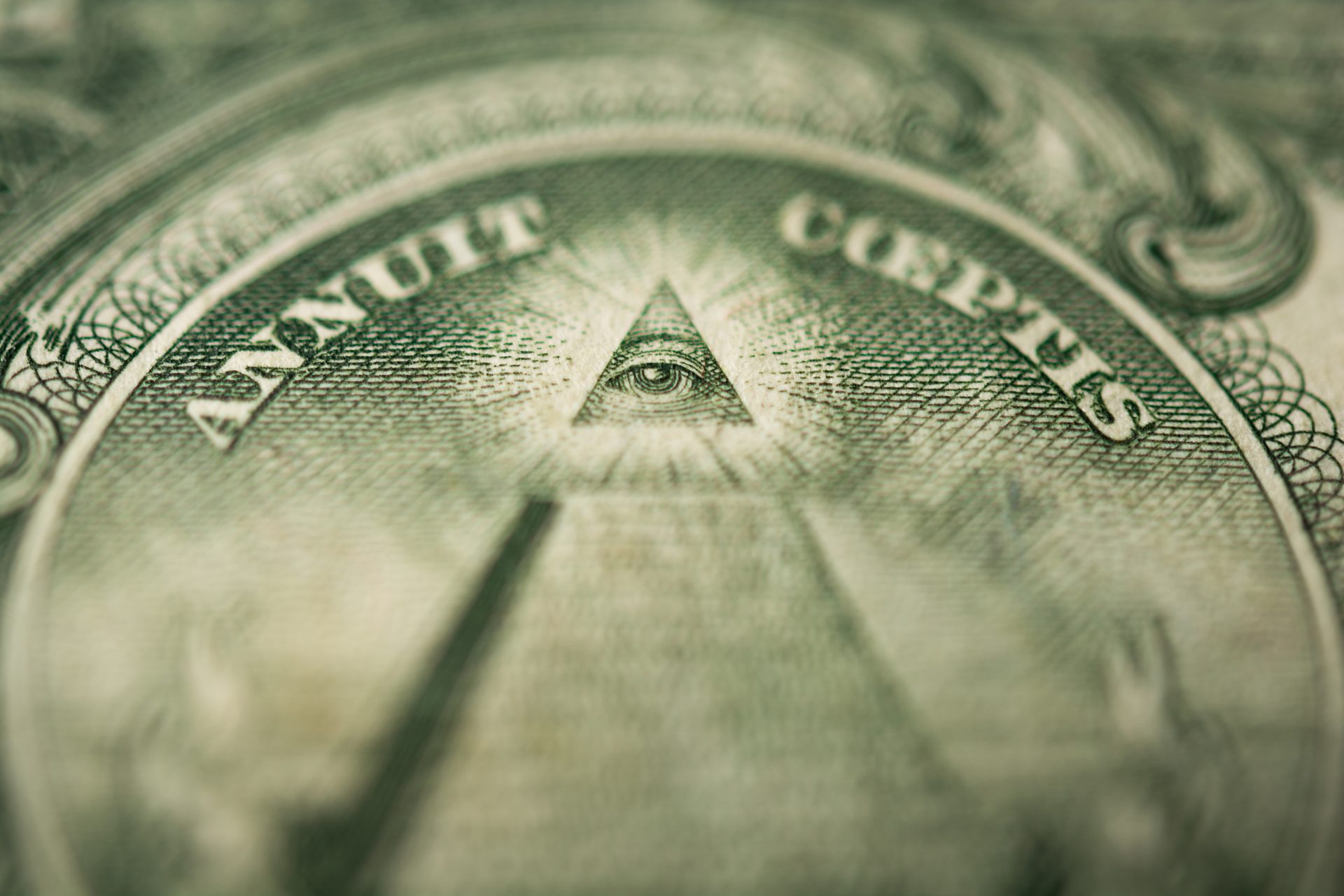Unlock Exclusive Opportunities by Deciding to Join copyright Now
Unlock Exclusive Opportunities by Deciding to Join copyright Now
Blog Article
Exploring the Mysteries of the copyright: What You Required to Know
The copyright, a term usually shrouded in intrigue and debate, represents a complex tapestry of historic truth and contemporary misconception. Established in the late 18th century, this secret culture was originally rooted in the Knowledge's ideals yet has considering that come to be associated with conspiracy theories concerning elite control. As we browse the beginnings, key figures, and the plain comparison between myth and truth, one must take into consideration exactly how these narratives influence modern assumptions of power and privacy. What may be disclosed through a closer examination of these elements might test long-held assumptions concerning the shadows that stick around in our society.
Beginnings of the copyright
The beginnings of the copyright are steeped in a mix of historical intrigue and ideological fervor. Developed in 1776 in Ingolstadt, Bavaria, by Adam Weishaupt, the group was originally developed as a secret society aimed at promoting Enlightenment suitables such as reason, secularism, and the separation of church and state. Weishaupt, a teacher of canon legislation, looked for to challenge the dominating authority of the church and state, which he considered as oppressive establishments stifling intellectual and individual freedom.

Trick Numbers and Participants
That were the critical figures that formed the copyright's early influence and instructions? The Bavarian copyright, established in 1776 by Adam Weishaupt, emerged as a response to the overbearing societal frameworks of the time.
One more considerable number was Johann Gottlieb Fichte, a noticeable thinker whose ideas on nationalism and education and learning reverberated with the copyright's goals. Fichte was not an official member, his philosophical underpinnings affected the team's belief. Additionally, numbers like the writer and theorist Johann Wolfgang von Goethe were connected with the wider intellectual motions of the time, although their straight involvement with the copyright stays discussed.
These essential figures added to the copyright's very early instructions, pushing the borders of political and social idea, while their collective initiatives intended to test established standards and foster a climate of dynamic change in Europe.
Myths vs. Truth
Several false impressions surround the copyright, often mixing reality with fiction in a way that obscures its true nature. The concept that the copyright proceeds to apply substantial impact over world events is a myth.
One more common myth is that the copyright makes up a network of elite individuals manipulating worldwide events. In fact, numerous conspiracy about his concepts overemphasize the team's importance, connecting unproven intentions to social trends and occasions. This has led to an oversimplified view of complicated issues.
Furthermore, the representation of the copyright in pop culture often further misshapes its tradition. Movies and literary works have a tendency to sensationalize the organization's function, creating a narrative that diverges from historic realities. Comprehending the difference in between the misconceptions and the fact of the copyright is vital for discerning the authentic influence of this historic group and recognizing the more comprehensive implications of conspiracy theories in contemporary society.
Modern Analyses
Contemporary interpretations of the copyright often reflect wider societal anxieties and an attraction with privacy and power. This modern-day lens frequently associates the copyright with conspiracy theory theories that suggest a hidden elite manages world events, adjusting federal governments and economies for their own gain. benefit of joining freemason. Such narratives tap right into an ingrained suspect of authority, particularly in times of situation or social upheaval
In prominent culture, the copyright is frequently portrayed as a supreme organization shrouded in enigma, resulting in a plethora of fictional representations in literature, film, and songs. This representation serves not only to captivate however likewise to prompt considered the nature of power and control in modern society. Social media has further intensified these interpretations, enabling fast circulation of conspiracy theory concepts and producing communities that share and broaden upon these concepts.
In addition, some modern-day interpretations frame the copyright as an allegory for the complexities of globalization and the interconnectedness of significant people and companies. This viewpoint encourages a crucial examination pop over to these guys of just how power dynamics operate in today's globe, highlighting the equilibrium in between openness and privacy in administration and business practices.
Cultural Effect and Heritage
Influenced by centuries of intrigue, the cultural influence and legacy of the copyright expand far beyond its historic origins. This secret culture, developed in the late 18th century, has actually permeated numerous elements of pop culture, from literary works and movie to songs and art. The principle of the copyright has advanced right into a symbol of conspiracy concepts, often standing for a regarded surprise power adjusting international occasions.
In literary works, writers like Dan Brown have actually woven the copyright into detailed plots, captivating readers with themes of secrecy and power. Films such as click to investigate "National Treasure" and "The Da Vinci Code" even more continue the allure of the society, blending truth with fiction to develop engaging stories.

Eventually, the copyright's heritage is an intricate tapestry of myth and truth, shaping understandings of secrecy and control in modern discourse. Its enduring visibility in society emphasizes humanity's seasonal quest for recognizing hidden truths.
Final Thought
The expedition of the copyright exposes a complicated interplay between historic facts and contemporary myth-making. Established in the Enlightenment era, this culture intended to challenge overbearing structures, yet its legacy has been overshadowed by conspiracy theory concepts that suggest elite manipulation. Comprehending the distinctions in between the initial perfects and modern interpretations is essential for comprehending the sustaining attraction with the copyright and its considerable impact on cultural narratives bordering power and privacy in society.
Report this page